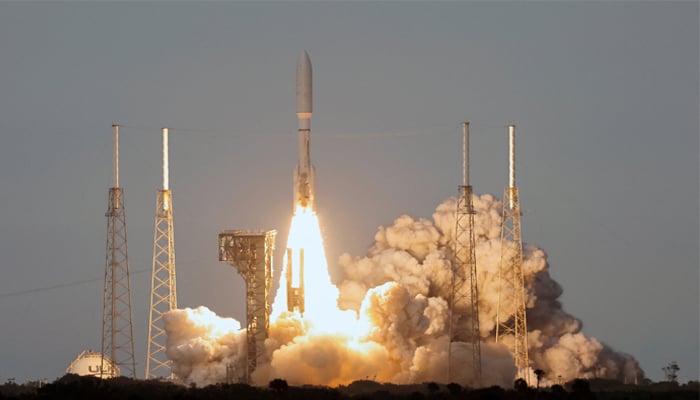
Amazon has successfully launched its first 27 Project Kuiper satellites into orbit, marking a significant move aimed at establishing itself as a strong contender against Starlink.
The launch marks a great entry in the rapidly progressive landscape of satellite internet dominated by SpaceX's Starlink network.
ULA launches carrying 27 of Amazon's Project Kuiper satellites
The United Launch Alliance's Atlas (ULA) V rocket lifted off carrying 27 of Amazon's Project Kuiper satellites at Cape Canaveral Space Force Station in Florida a bit after 7:00pm (ET).
Project Kuiper VP Rajeev Badyal called the rise of Amazon's first Kuiper satellite constellation the “beginning” of the platform’s long-term vision for the enormous project, as reported by Reuters.
Amazon plans to invest $10 billion to create a broadband network with over 3,200 satellites across the globe.
It is particularly designed to provide internet access to underprivileged regions worldwide, the Kuiper project was initially announced in 2019. Amazon Kuiper's commercial internet services are likely to start by the end of 2025.
Amazon’s Kuiper satellites will be functional at an altitude of around 450km, laying the foundation of the project’s bigger satellite constellation.
To align with U.S. regulatory terms, Amazon is obliged to launch half of its 3,200-satellite-strong network by mid-2026.
Amazon has obtained over 80 launch agreements with providers, including ULA, Arianespace, Blue Origin, and SpaceX.












